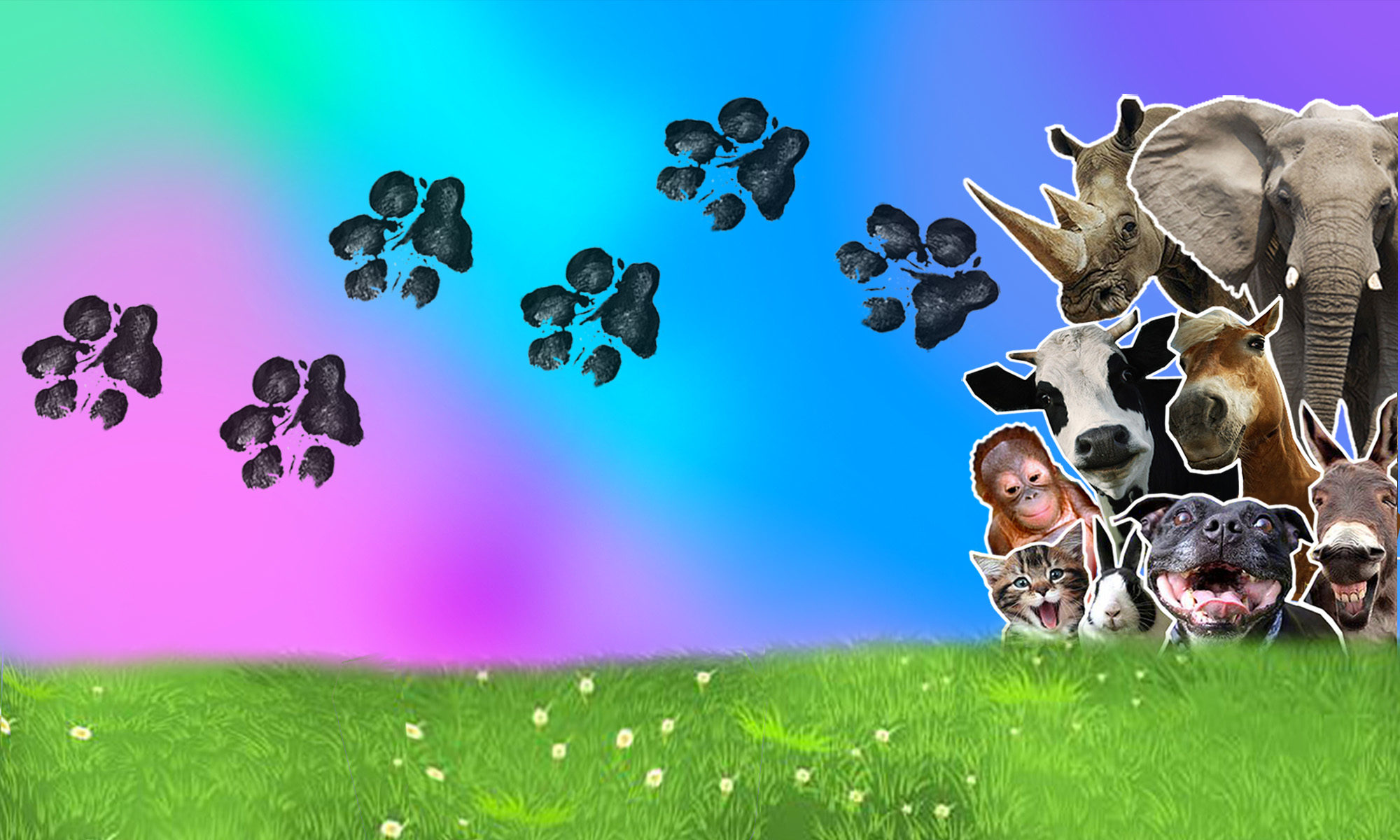Table of Contents
Fake Animal Rescue Videos: Torturers And Killers?
Introduction
Could you be unknowingly encouraging animal torture and killing, just by watching and/or sharing fake animal rescue videos you believe to be genuine? I know, the idea is horrifying, and it is the last thing you want to do as an animal lover. The good news is, you can learn to spot fake animal rescue videos, and then you can help animals by warning others.
These “rescue” video makers earn both praise and money from doing this. The only way they will stop torturing animals like this is if people get to know about what is really happening and expose them.
Please do not feel bad if you have been fooled by videos like these. They are specifically designed to target the empathy of animal lovers.
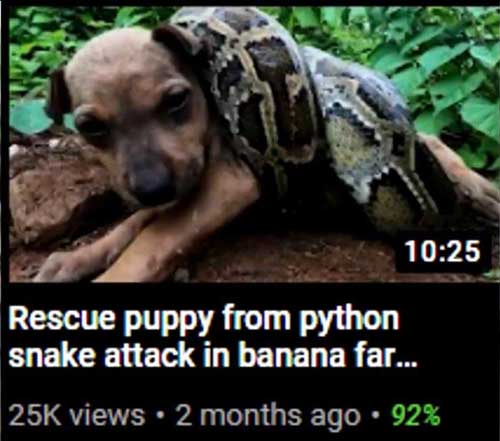
What Happens In Fake Animal Rescue Videos?
The “rescuer” just happens to find an animal in a distressed animal in a dire situation, such as
- Having just drowned or half drowned
- Being trapped down a hole
- A snake attacking it
- Being trapped under a pile of bricks
- Another animal attacking it
- Being trapped under the wheel of a vehicle
- Having been injured or are close to death
- Being trapped in the spokes of a bicycle wheel
- Having got trapped in deep mud or in water
They then appear to rescue the distressed animal. If drowned, they massage the animal back to life. If the animal doesn’t make it, they put captions up expressing how upset they are. Sometimes the video will show beyond the initial rescue and will show the rehabilitation of the animal. Sometimes it is claimed a new home is found. The new home may be in on the entire thing. On the other hand, they may be as fooled as most of the video viewers are.
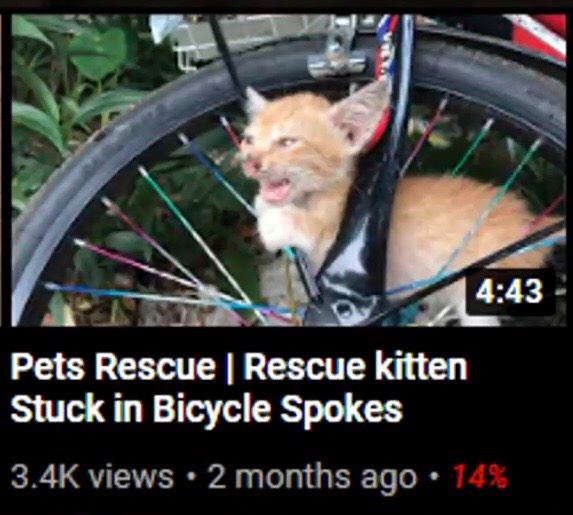
Where Are Fake Animal Rescue Videos Found?
These videos can be found on social media platforms or file sharing platforms, such as YouTube, Facebook, Twitter, TikTok, Reddit, etc. They may also be found on their website, or other areas of the internet.

Why Are Fake Animal Rescue Videos Bad?
The video makers need to set up the “rescue”, meaning that off camera, they force the animals into torturous, dangerous, distressing, and deadly situations. Often animals do not survive them, and although sometimes these fatal videos will be shown, much of the time they won’t.
The video makers often use street animals, of which there is an inexhaustible supply in many countries. The animals often end up injured, brain damaged, disabled, and with organ damage. Sometimes the video makers purposely injure the animals, or even purposely kill them, but present it on camera as if they are trying to save them.
Sometimes video footage is taken of animals while they are healthy, then the video makers purposely hurt them until they are near death, then they show the footage back to front: They show the animal near death first, then show the footage of the healthy animal after that, pretending that they have rescued and rehabilitated the animal.
The videos are all designed to pull on our heart strings, which gets them more views, shares, likes, subscribers, followers, etc. This all translates into money for the video makers.
These fake animal rescue videos are also taking money and attention away from genuine animal rescue organisations, who need support to be able to help animals.
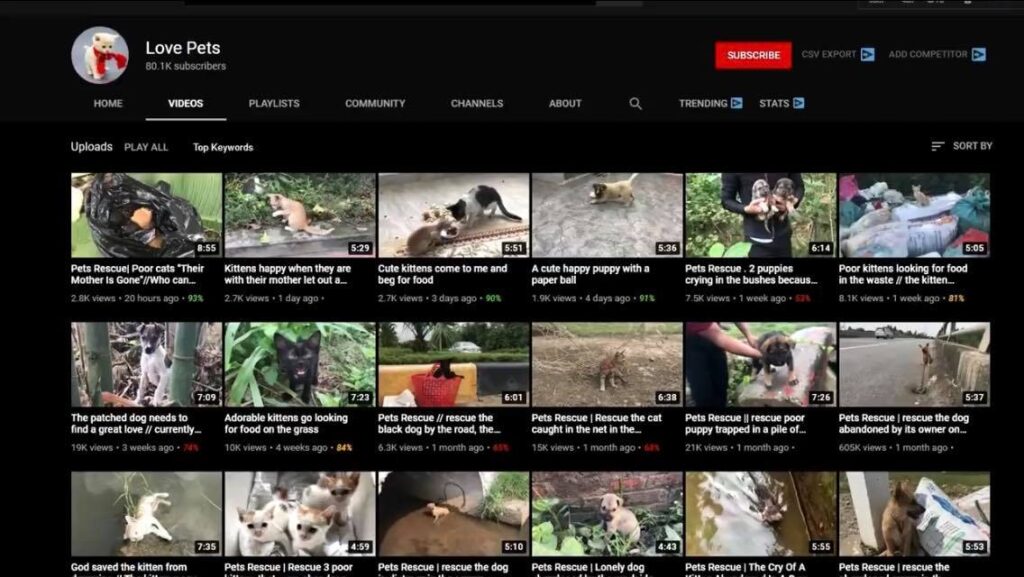
Why Do People Make Fake Animal Rescue Videos?
If the video makers get a good number of views, subscribers, followers, likes, shares, etc, they can make money. Some of these fake animal rescue video makers earn a lot of money, and all through torturing and killing animals.
They can earn it through adverts, either in the videos themselves, or on a website. Plus there are various other ways of monetising when you get many views.

How To Spot A Fake Animal Rescue Video
Think about what you would do if you came across a distressed animal who needed to be rescued. Would your first instinct be to urgently get it help, or would it be to get your phone out and get some good footage of the suffering animal before doing anything else?
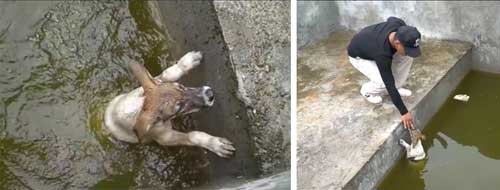
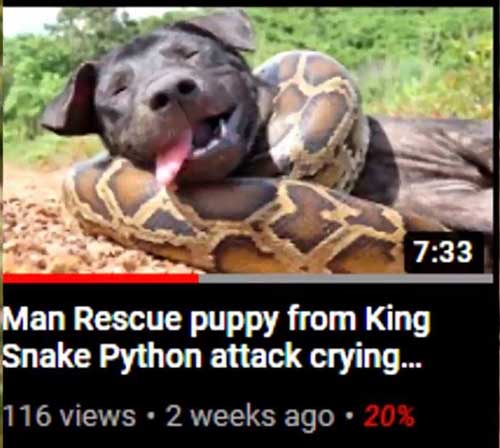
In some videos, the rescuers are videoed going about their daily business, and just happen to come across an animal that needs to be rescued. Sometimes it is the same video makers, following the same formula.
Real rescues are usually done when a member of the public alerts an official animal rescue organisation.
Does the animal look familiar to you? The same animals can be used time and time again in these videos.
Is it the same “rescuer” who happens to come across animals that need rescued, time and time again? Are the videos from the same account on YouTube or other social media?
Is the rescuer shown in the video taking the animal to a vet or official animal rescue organisation?
if the rescuer claims to be part of an animal welfare organisation, you can research online to see if it is a reputable organisation, and contact them to find out if the person really does belong to them.
Check in the comments section of the video to see if anyone is expressing any doubts about whether it is a fake animal rescue video. What was the video makers response? Had they turned off the comment function?

What You Can Do
If you have any doubts about the video, express them in the comments section to warn others. Tell them how viewing, sharing the videos, and following and subscribing to the video makers, means they make money, and so are encouraged to keep torturing and killing animals. Reply to as many of the commenters as you can. People prefer not to believe it, but show them the “How To Spot A Fake Animal Rescue Video” guide, above.
REPORT the video to the platform it is on, such as YouTube. This is vital. If enough people do it, the platform should look into why.
Spread the word about these videos on social media, but never share a fake animal rescue video as an example, as that will give the original video views, likes, shares, etc. There are some great videos on YouTube exposing the fake animal rescue videos, that you could share instead. Here is a few:
Please share these videos far and wide. If you type “Fake Animal Rescue” into YouTube, you will find many more videos exposing many more fake animal rescue channels. Sadly, there are thought to be thousands of these channels, earning money through animal abuse.
Want To Help Animals In Other Ways?
This website is full of hundreds of ways you can help animals, and it needs people like you who care about animals to let other people know about them.
Many people do not have spare money to donate to animal charities and rescues, but that’s OK because there are many other ways you can help save animals from suffering.
Just browse the site and share the interesting things you find, on social media. With more people knowing about all these ways to help animals, more animals will be helped.
Avoid the trap of thinking that other people will do it if you don’t though because they might think the same thing. By being part of the fight against animal cruelty, you are making it that bit stronger.
